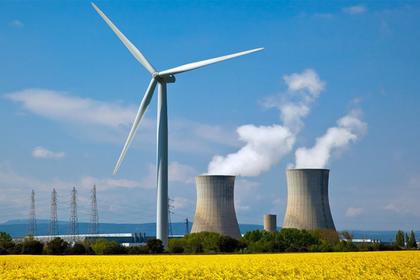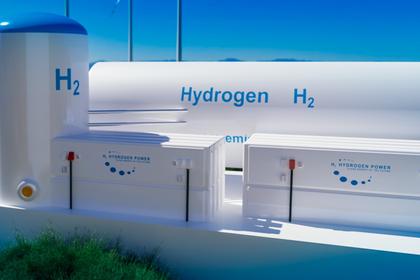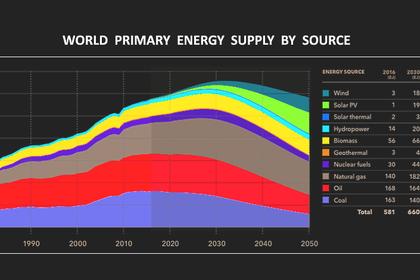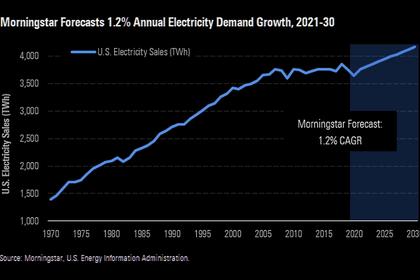
GEOTHERMAL ENERGY FOR CLIMATE
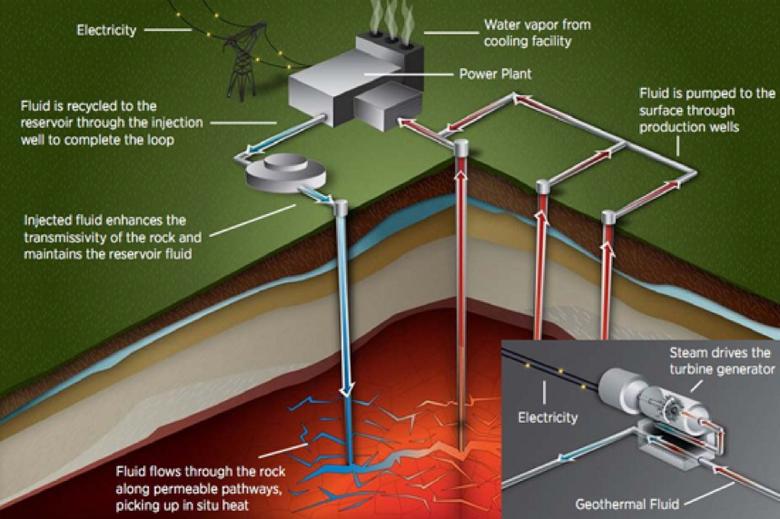
By Jane Marsh Editor Environment.co
ENERGYCENTRAL - The Earth’s crust harbors enough energy to support civilizations for years. Geothermal energy is the heat stored in the Earth’s crust. It is carbon-free, making it a sustainable energy option. Additionally, it is inexhaustible. The only issue is that it is expensive to tap into.
However, the development of technology that’s capable of accessing this energy source could help the ongoing climate crisis. Only a small amount of the available heat has been accessed for far. Yet, researchers and teams of scientists are determined to find a way to develop large-scale geothermal heating systems.
Since the heat to create the energy is stored in the Earth’s crust, people living on every continent could access this potential climate-changing technology.
How Does It Work?
Humans have been using geothermal energy for years. While it wasn’t initially converted into electricity, the heat was used for cooking and bathing and heating buildings. Radioactive particles from Earth’s core decay, which releases to create heat.
Direct use of heat can be applied with temperatures as low as 50 degrees Fahrenheit. This lower temperature can be accessed just 10 feet below the surface. For electricity to generate, that temperature needs to be anywhere from 302 to 703 degrees Fahrenheit. To get to those temperatures, harvesters of the heat must drill much deeper into the Earth.
What Are the Costs?
Although heating and cooling costs can decline with this technology, upfront costs could slow the process of implementing large-scale geothermal heating systems. All associated costs should be budgeted for before the installation of a heating system.
First, the correct equipment must be used to drill to the necessary depths. Companies may have to rent or purchase heavy machinery to access the geothermal energy needed to generate electricity.
A smaller geothermal heating system can cost up to $30,000, so that number would multiply for a nationwide network. That number would fluctuate depending on the region. A study in 2013 estimated that for a large-scale geothermal heating system to be placed in the United States, it would cost about $2.3 trillion to service every commercial and residential building.
The cost seems significant, but buildings could save thousands of dollars on their heating and cooling bills each year.
Utilizing Geothermal Energy for Large-Scale Heating Systems
One of the growing ways energy professionals are using geothermal energy is heating and cooling buildings. Greenhouse gas emissions from commercial and residential buildings account for about 12% of the total amount of greenhouse gas emissions.
Although not all of those emissions come from heating and cooling, a good portion of them do. By using geothermal energy for such a project as that, the number of emissions could decline.
Geothermal system loops are becoming increasingly popular. These recycle the heat from geothermal energy. The general idea is that a loop filled with water is placed underground near a building that will act as an energy pipeline, capturing and distributing energy and heat to various establishments and rooms.
The Earth stays at a consistent temperature throughout the year, meaning these large-scale heating systems will work no matter the season. In the summer, the ground will keep the loop cooler than the outside air. In the winter, the ground beneath is warmer than the surface, so it warms the loop.
These large-scale loops are known as geothermal district energy loops, similar to a ground source heat pump. Because it is a closed loop, the heat is continuously recycled, making it a sustainable and cost-effective option for heating and cooling, unlike fossil fuels.
Is It Worth It?
The advantages likely outweigh the disadvantages and upfront cost of such a massive national heating system. By developing a way to heat an entire nation using an inexhaustible, efficient and carbonless source, the environment and humans alike will greatly benefit.
-----
This thought leadership article was originally shared with Energy Central's Clean Power Community Group. The communities are a place where professionals in the power industry can share, learn and connect in a collaborative environment. Join the Clean Power Community today and learn from others who work in the industry.
-----
Earlier:


